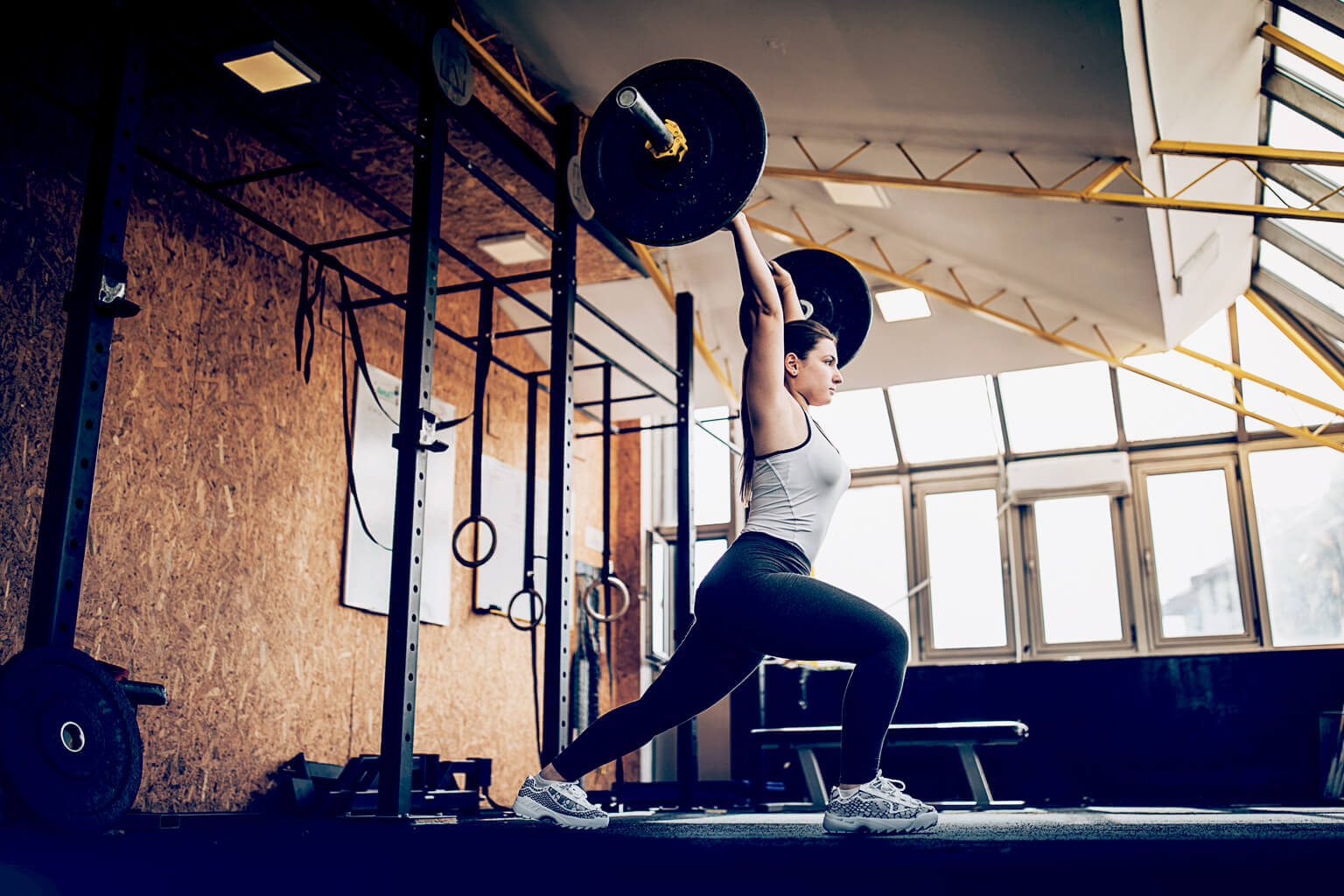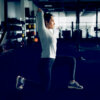What can lifting not do? From increases in muscle mass and hypertrophy all the way to reducing all-cause mortality risk and increasing bone density. But can lifting increase range of motion and potentially replace stretching? It sounds too good to be true but lifting may just be THAT good of a training modality.
Overview
What did they test? The authors reviewed the current literature to understand whether resistance training alone can improve range of motion and how it compares to stretching.
What did they find? Lifting alone was able to significantly increase range of motion.
What does it mean for you? If you lift through a full range of motion using machines or free weights you don’t need to stretch to increase flexibility.
What’s the Problem?
*in DMX voice* Here we go agaiiiiiin (RIP).
As mentioned in the first part of this two-part stretching series, stretching is a pretty big deal in fitness, regardless of one’s goals. If you ever took part in any form of sport or even a PE class at school, you’ve heard about stretching. In the previous article we went over a recent systematic review that found that stretching does not seem to massively affect muscle strength and may actually improve strength when an individual does not engage in resistance training (and is untrained).
Before I introduce the study at hand, let’s have a quick look at some of the proposed “pros” for stretching and whether they are supported by the literature. Although most people think of static stretching when they hear the term, dynamic stretching and proprioceptive neuromuscular facilitation (PNF) stretching are also used by individuals engaging in any form of exercise. Keep in mind that the table below is mostly referring to pros being made in the name of static stretching. Additionally, it’s important to also note that some of the studies cited below looked at the acute effects of stretching versus its long term effects.
Some of the supposed “pros” of stretching
| Pro | Supported by the literature |
|---|---|
| Range of Motion | Yes for both dynamic and static stretching 1 |
| DOMS | No for both dynamic and static stretching 2 3 |
| Injury | Probably not for both dynamic and static stretching 4 5 |
| Muscle Strength | Yes for static stretching on its own Light no for dynamic stretching No when combined with lifting 6 *the above is for long term stretching |
| Sport performance (strength & power sports, speed & agility sports and endurance dominant sports) | Light yes for dynamic stretching 7 Light no for static stretching |
Dynamic stretching seems to be a solid option for athletes, which often takes place as part of their warm-up, but the main pro for stretching that seems to be supported by the literature, and the people that are big advocates of stretching, is its ability to increase range of motion. Increasing the range of motion of any given joint is of interest to many individuals as it can improve flexibility and often allow them to move better and in certain cases be more functional in their daily life.
Disclaimer/side note: the word functional has become somewhat of a buzzword in the last few years as it does not really mean what most people think. Being functional means that you’re adequately equipped to perform a specific task. For most people being “functional” as far as daily life is concerned requires them to be able to bend over, move things, being able to lift relatively light objects overhead, walk etc. Being more flexible can help with some of the above thus the use of the “f” word. Squatting on a bosu ball or doing random stability drills is not “functional” as I doubt anyone has to randomly jump on a bosu ball with a bar on their back (apologies if you’re the ONE person that has to).







